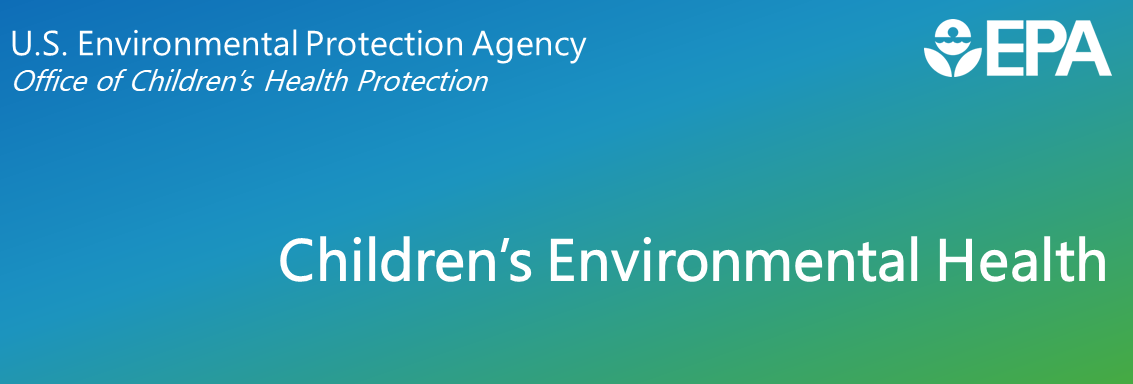Issued: Aug 31, 2023 (10:15am EDT)
If you wish to unsubscribe please do so here: https://epa.mediaroom.com/index.php?s=20300&unsub=1&hide_page_content=1
EPA Extends Public Comment Period on Proposed Cleanup Plan for Battery Recycling Company Superfund Site in Arecibo, Puerto Rico -- Spanish Translation Below
Contact: Brenda Reyes (Reyes.Brenda@epa.gov), (787)-977-5869
NEW YORK (August 31, 2023) - The U.S. Environmental Protection Agency (EPA) has extended the public comment period for its proposed cleanup plan to address lead-contaminated soil and groundwater at the Battery Recycling Company Superfund Site in Arecibo, Puerto Rico to October 16, 2023. EPA held a public meeting at Casa Ulanga, Calle Gonzalo Marin #7 on August 29, 2023, to explain the proposed plan to the public.
The cleanup outlined in the proposed plan will address remaining contaminated soil and groundwater on and off the property that is the source of the site contamination. Under the proposed plan, EPA would remove contaminated soil for treatment and containment. Treated soil would be stored in a secure and restricted area at the source property, the former operations of The Battery Recycling Company, Inc. (BRC). EPA would also monitor the groundwater and limit the public's access to groundwater through existing Puerto Rico laws and regulations as well as notifications to local governments and ensure future land use does not conflict with long-term cleanup goals.
The main property at the site was operated as a secondary lead smelter and battery recycling operation until 2014. Prior to the secondary lead smelting operation, the site was used for the manufacture of organic chemicals to produce fumaric acid and phthalic acid. These activities left behind high levels of lead and other contaminants in the soil and groundwater. The lead in soil presented an immediate risk to human health. In 2011, EPA entered into an order with then-operator, BRC, to clean areas of lead contamination at the source property under EPA oversight. However, when the company failed to finish the work, EPA took over the cleanup and removed lead contamination from employee's homes, vehicles, and nearby pastures. EPA also decontaminated the source property to limit the further spread of lead. EPA added the site to the Superfund National Priorities List in 2017 and commenced a cleanup investigation of the site. EPA finished its early cleanup activities in 2022. The cleanup investigation along with an analysis of cleanup alternatives, led to the proposed cleanup plan announced today.
Written comments on the proposed plan may be mailed or emailed to Zolymar Luna Díaz, Remedial Project Manager, U.S. Environmental Protection Agency Region 2, Caribbean Environmental Protection Division #48 Rd, PR-165 Km 1.2 Citi View Plaza II, Suite 7000 Guaynabo, P.R. 00968-8069, Email: Luna.Zolymar@epa.gov.
For additional background and to see the proposed cleanup plan, visit the Battery Recycling Company Superfund site profile page.
Follow EPA Region 2 on Twitter and visit our Facebook page. For more information about EPA Region 2, visit our website.
23-073
La EPA extiende el período de comentario público sobre el plan de limpieza propuesto para el Lugar Superfondo The Battery Recycling Company en Arecibo, Puerto Rico
Contacto: Brenda Reyes (Reyes.Brenda@epa.gov), (787)-977-5869
NEW YORK (31 de agosto de 2023) – La Agencia de Protección Ambiental de los Estado Unidos (USEPA, por sus siglas en inglés) extendió el período de comentario público sobre su plan de limpieza propuesto para abordar el suelo contaminado con plomo y el agua subterránea en el Lugar Superfondo The Battery Recycling Company (BRC) en Arecibo, Puerto Rico, hasta el 16 de octubre de 2023. La EPA celebró una reunión pública en Casa Ulanga, Calle Gonzalo Marín #7 el 29 de agosto de 2023, para explicar el plan propuesto al público.
La limpieza descrita en el plan propuesto atenderá el suelo contaminado restante y el agua subterránea dentro y fuera de la propiedad del Lugar. Según el plan propuesto, la EPA eliminará el suelo contaminado que se encuentra fuera y dentro del sitio para su tratamiento y contención. El suelo tratado fuera y dentro del Lugar se almacenaría en un área segura y restringida en la antigua instalación. La EPA también monitoreará las aguas subterráneas y limitará el acceso a éstas a través de leyes y regulaciones existentes en Puerto Rico, al igual que con notificaciones a los gobiernos locales y asegurar que el uso futuro de los terrenos no conflija con las metas de limpieza a largo plazo.
La propiedad principal en el Lugar operaba como una instalación de fundición secundaria de plomo y reciclaje de baterías hasta 2014. Antes de la operación de fundición secundaria de plomo, el Lugar se utilizó para fabricar productos químicos orgánicos para producir ácido fumárico y ácido ftálico. Estas actividades dejaron altos niveles de plomo y otros contaminantes en el suelo y las aguas subterráneas que presentaban un riesgo inmediato para la salud humana. En 2011, la EPA formalizó una orden con BRC. para limpiar las áreas de contaminación por plomo en el Lugar. Sin embargo, cuando la compañía no pudo terminar el trabajo, la EPA se hizo cargo de la limpieza y eliminó la contaminación por plomo de los hogares, vehículos y praderas cerca de los empleados. La EPA también descontaminó la instalación para evitar una mayor propagación del plomo. La EPA agregó el Lugar a la Lista Nacional de Prioridades en 2017 y terminó sus primeras actividades de limpieza en 2022.
Los comentarios escritos sobre el plan propuesto pueden enviarse por correo postal a Zolymar Luna Díaz, gerente de proyectos de recuperación, Agencia de Protección Ambiental de Estados Unidos Región 2, División de Protección Ambiental del Caribe #48 Rd, PR-165 Km 1.2 Citi View Plaza II, Suite 7000 Guaynabo, P.R. 00968-8069, correo electrónico: Luna.Zolymar@epa.gov.
Para obtener información adicional y ver el plan de limpieza propuesto, visite la página de perfil del sitio Superfondo de Battery Recycling Company.
Follow EPA Region 2 on Twitter and visit our Facebook page. For more information about EPA Region 2, visit our website.
23-073 - SP
To unsubscribe or change your settings click here:
https://epa.mediaroom.com/index.php?s=subscribe&code=zxxEX8FvNHkAd0gBI-jLiOeHadmVJtlelQ


